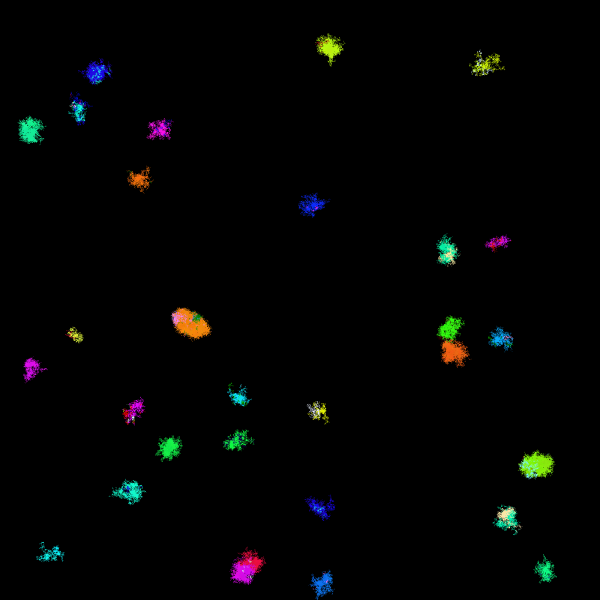MiR-182 is a newly discovered RNA molecule that has potentially momentous influence on the way we treat glioblastoma mulitforme, the deadliest known variant of brain cancer. According to a study conducted at the Feinberg School of Medicine in Northwestern University, this small molecule has the ability to suppress cancer at the source by repressing certain genes responsible for overexpressing proteins in patients with glioblastoma.
Image Source: Morsa Images
Before delving further, let’s further explore exactly what the miR-182 molecule is, as there are several different types of RNA found throughout the body. Strictly defined, this molecule is a microRNA (a type of non-coding RNA) that can bind to hundreds of genes to reduce protein expression in cells.
The notion of miR-182 playing a role in glioblastoma arose when Dr. Alexander Stegh and his colleagues found that patients with higher levels of miR-182 had a higher chance of surviving glioblastoma for a longer period of time. After it became apparent that miR-182 could play a role in glioblastoma, Dr. Stegh and a team of scientists began studying miR-182 levels in subjects with and without glioblastoma. Once this trend was discovered, the question then shifted to how this molecule could be administered into live organisms in order to actively test its effects on glioblastoma.
Chad Mirkin, a professor of Chemistry and Medicine, was able to create an elegant solution to this issue through the use of spherical nucleic acids (SNAs). “We designed a novel delivery method for miR-182 using SNAs,” Stegh said. “Small gold nanoparticles are conjugated with miR-182 sequences. They cross the blood-brain/blood-tumor barrier and accumulate within brain tumor sites, where they target oncogenes, regulate cell growth and differentiation, reduce tumor burden, and prolong survival in our mouse models.” SNAs have unique properties that allow them to reach cells safely without causing toxicity or activating the immune system. For a detailed look on how SNAs work, refer back to Part I of this article series.
This type of treatment has a very long way to go before it can be deemed a treatment for glioblastoma. Additional studies need to be conducted on the efficiency of the spherical nucleic acids (SNAs), which is the delivery method of this treatment. By further analyzing this delivery system, Mirkin and his colleagues hope to improve it, thereby improving the overall impact of the treatment. Even prior to studying this delivery system, however, Dr. Stegh and his colleagues would like to further hone the delivery system, as well as explore pairing this type of treatment with chemotherapy.
Feature Image Source: “Cells I” by Henry de Valence is licensed under CC BY-SA 2.0










